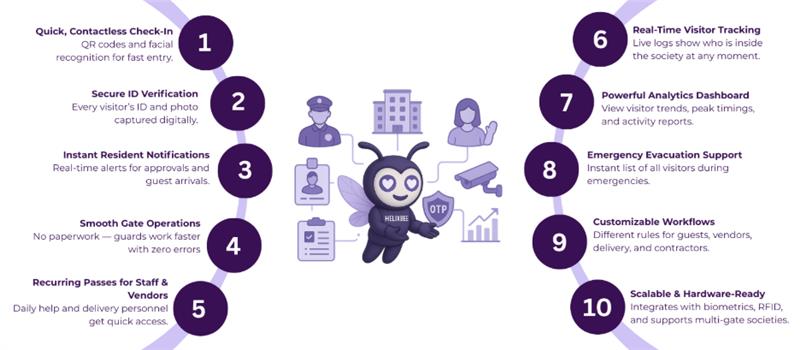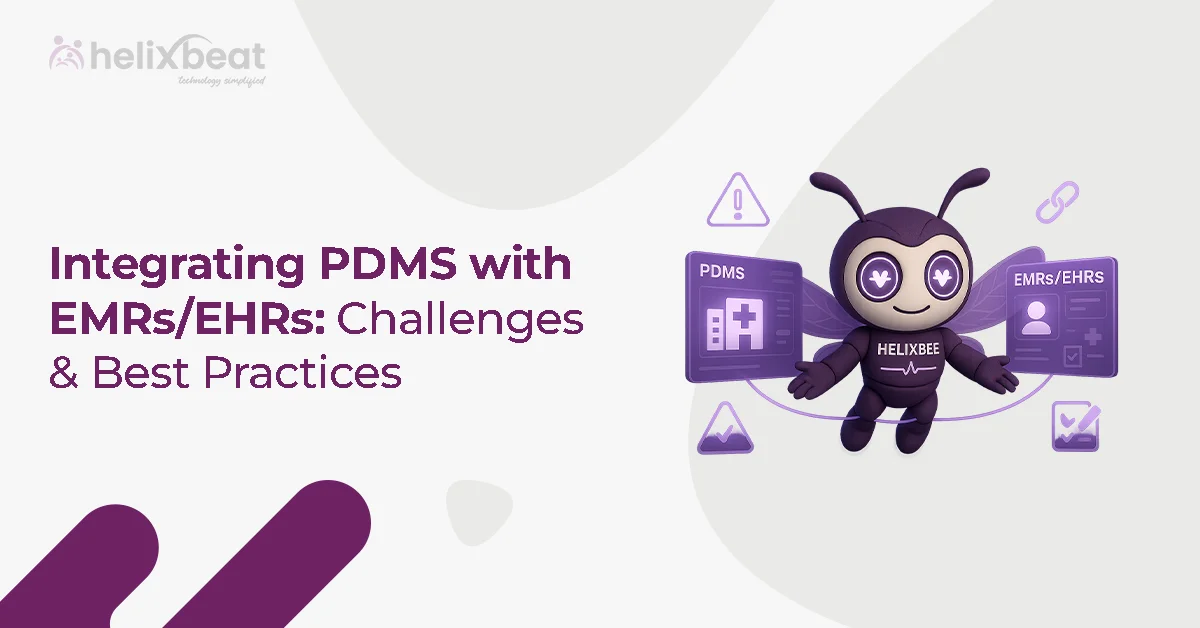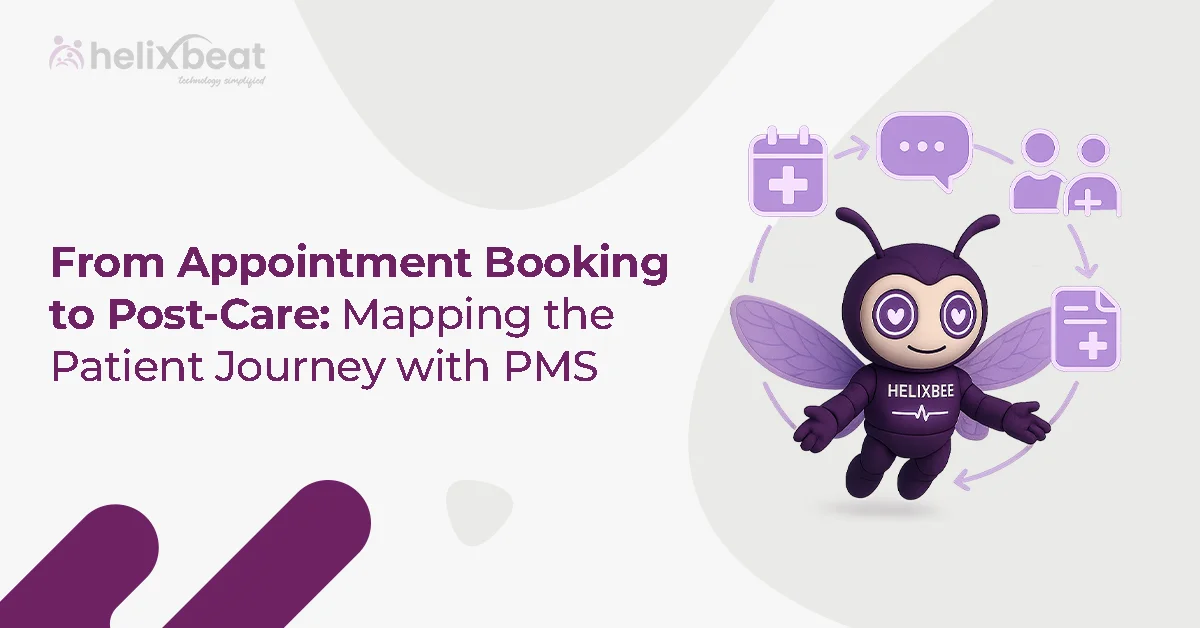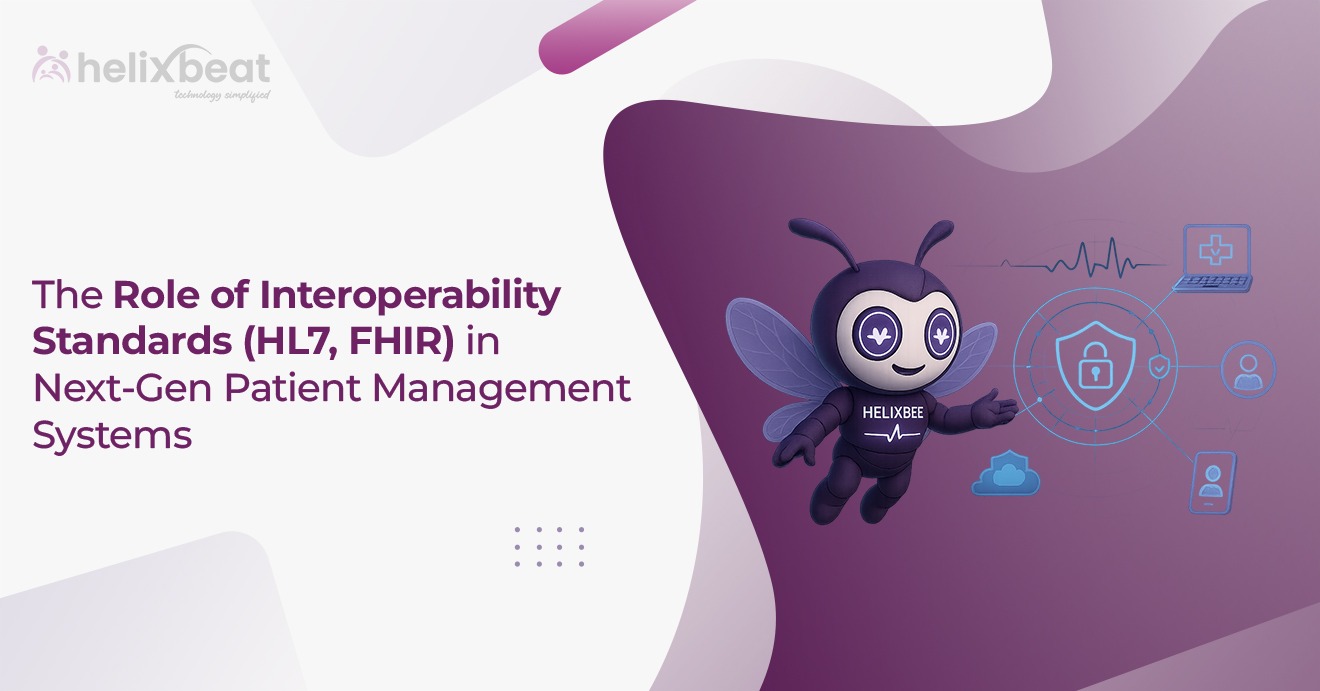Patient engagement is a crucial component in effectively managing chronic diseases. In this blog, we will explore how active involvement in care not only improves patient outcomes but also reduces long-term healthcare costs. Chronic conditions, such as diabetes, heart disease, and asthma, require ongoing management.
When patients actively participate in their treatment, they are more likely to experience better health outcomes. From enhancing medication adherence to preventing complications, patient engagement plays a crucial role in helping patients manage their conditions effectively.

Table of Contents
What Is Patient Engagement and Why Does It Matter?
Patient engagement refers to the active participation of patients in their healthcare. It goes beyond merely following doctors’ orders; it involves patients taking ownership of their health by staying informed, adhering to treatment plans, and making proactive decisions about their care. Patient engagement is crucial in managing chronic diseases, which require ongoing care and lifestyle adjustments over a long period.
When patients are engaged in their healthcare journey, they are more likely to:
- Follow through with prescribed treatment plans
- Active participation means patients are more likely to take medications as prescribed, attend follow-up appointments, and follow treatment protocols consistently.
- Attend regular check-ups and screenings
- Engaged patients understand the importance of routine visits to monitor their conditions and prevent complications.
- Improve their own health through self-management tools
- Using apps, health trackers, and other digital tools, patients can monitor their symptoms, track their progress, and make necessary adjustments to their daily routines, leading to better health outcomes.
- Without patient engagement, even the best medical care can fall short. In chronic disease management, where care is continuous and requires long-term adherence, patient engagement becomes even more critical. Patients who take an active role in managing their condition experience fewer complications, better treatment outcomes, and an overall improvement in their quality of life.
The Role of Patient Engagement in Chronic Disease Management
For chronic diseases, patient engagement is directly linked to better disease control and fewer complications. Research demonstrates that patients who receive care are less likely to encounter significant health crises and hospital readmissions. By actively managing their condition, patients can:
- Reduce symptoms and prevent flare-ups
- Increase medication adherence, reducing the need for emergency care
- Improve quality of life, with fewer limitations imposed by their condition
Get a demo of our patient engagement software and learn how it can transform your care process.
Digital Patient Engagement: Transforming Chronic Care
Digital patient engagement tools, like patient engagement software, empower healthcare providers and patients to stay connected and proactive throughout the care process. With digital engagement, chronic disease management becomes more efficient, and patients are better equipped to take control of their health.
Here’s a deeper look at how digital patient engagement is transforming chronic care management:
Key Benefits of Digital Engagement in Chronic Disease Management
1. Remote Monitoring
- Patients can use wearable devices and apps to monitor key health metrics, including heart rate, blood glucose levels, blood pressure, and weight.
- Digital tools can remind patients when to take their medications and allow them to track their adherence, enabling providers to monitor compliance and make timely adjustments.
- Remote tools enable healthcare teams to remotely monitor patients’ conditions, facilitating early intervention if any changes or complications arise.
2. Instant Feedback
- Healthcare providers can offer real-time feedback through secure digital channels, enabling seamless communication and improved patient outcomes. This allows for immediate adjustments to care plans based on the patient’s status.
- With real-time access to data, providers can identify emerging issues, such as changes in vital signs or medication side effects, and address them before they escalate into more serious complications.
3. Personalized Health Plans
- Digital platforms collect vast amounts of data, enabling providers to develop personalized care plans tailored to a patient’s specific needs and health goals.
- As a patient’s condition evolves, digital tools can provide recommendations to adjust treatment plans or suggest lifestyle changes that better align with their current health status.
Why Might a Patient Participate in the Care of a Chronic Condition?
Patient participation is critical for improving the management of chronic conditions. But what drives patients to engage in their care, while others may not? Here are the primary motivators that influence patient involvement:
1. A Desire for Better Health
- Many patients actively engage in their care because they want to live a longer, healthier life.
- Understanding the long-term impact of chronic conditions often motivates them to take control and follow their treatment plans.
2. Support from Family and Healthcare Teams
- Patients are more likely to engage when they have the support of their family members and healthcare teams.
- Having a strong support system gives patients the confidence to manage their condition and adhere to treatment plans.
3. Education and Empowerment
- When patients are educated about their condition and the importance of following prescribed care, they are more likely to take responsibility for their health.
- Empowerment through education helps patients make informed decisions and feel more in control of their health.
How Patient Engagement Solutions Improve Chronic Disease Outcomes?
Platforms like PULSE by HelixBeat provide a comprehensive patient engagement solution that integrates seamlessly into the daily lives of patients and healthcare providers. These solutions provide a range of tools designed to enhance communication, facilitate timely interventions, and empower patients to take an active role in their care.
Here’s how patient engagement software helps improve outcomes for chronic disease patients:
1. Real-Time Data Sharing
- Both patients and healthcare providers have immediate access to the latest health data, which ensures that treatment plans are always up to date.
- This eliminates the delays often seen between in-person visits, improving the timeliness of the care.
2. Timely Interventions
- Alerts and Notifications: Patients receive reminders for medication, doctor appointments, and self-monitoring.
- Healthcare providers can set up automatic alerts when a patient’s condition shows signs of deterioration or if they miss a treatment step.
- Proactive Care: With real-time monitoring and timely interventions, providers can step in and offer guidance before minor issues escalate into significant health challenges.
3. Patient Empowerment
- Self-Management Tools: Patients can track their progress, set goals, and review their health data through the patient engagement platform, which fosters a sense of ownership over their care.
- Increased Compliance: By making health information easily accessible, patients can better understand the importance of following prescribed treatments, improving their adherence and overall health
Conclusion
The hereafter of chronic disease management is embedded in patient engagement. By leveraging patient engagement platforms and digital solutions, healthcare providers can empower patients to take control of their health, improving treatment adherence, and reducing complications. With platforms like PULSE by HelixBeat, managing chronic conditions becomes more efficient, cost-effective, and personalized.
Patient engagement isn’t just a trend; it’s the key to better health outcomes and a more sustainable healthcare system. It’s time to support the tools that will enable both patients and providers to succeed in managing chronic diseases.
Sign Up for PULSE and Transform Your Chronic Care Management Today
FAQs
- What is patient engagement in healthcare?
Patient engagement refers to the active participation of patients in their own healthcare process, including managing their conditions, following treatment plans, and communicating with healthcare providers.
- Why is patient engagement important in chronic disease management?
Patient engagement is crucial for chronic disease management as it leads to better medication adherence, fewer hospital readmissions, and improved overall health outcomes for patients.
- How does digital patient engagement help manage chronic diseases?
Digital patient engagement tools, such as apps and wearable devices, enable patients and healthcare providers to track health data, provide real-time feedback, and create personalized care plans, improving chronic disease management.
- What is the role of patient engagement software in healthcare?
Patient engagement software provides platforms for real-time communication between patients and healthcare providers, helps track health metrics, and offers personalized care, improving patient involvement and outcomes.
- Why might a patient participate in the care of a chronic condition?
Patients are motivated to engage in their care due to a desire for better health, support from their healthcare teams and families, and empowerment through education about their condition and treatment options.
- What are the benefits of using a patient engagement platform?
A patient engagement platform improves communication, enables real-time monitoring, ensures personalized care, and helps patients stay on track with their treatment plans, all contributing to better disease management.
- How does remote monitoring improve chronic disease care?
Remote monitoring allows patients to track vital signs, symptoms, and medication adherence in real-time, enabling healthcare providers to make timely adjustments to care plans and prevent complications.
- How can patient engagement software reduce healthcare costs?
By improving treatment adherence, reducing hospital readmissions, and enabling proactive care, patient engagement software helps reduce costly emergency care and hospital stays, ultimately lowering healthcare costs.
- What is the difference between patient-centered care and traditional care?
Patient-centered care focuses on involving patients in decision-making, providing individualized care, and empowering patients to manage their health, while traditional care is more provider-directed with less patient involvement.
- How can digital engagement tools help with medication adherence?
Digital engagement tools provide medication reminders, track adherence, and send alerts to both patients and healthcare providers if a dose is missed, helping to improve medication compliance.
- What is the future of patient engagement in chronic disease management?
The future of patient engagement in chronic disease management lies in the continued integration of digital tools, AI-driven insights, and personalized care solutions that will empower patients and improve health outcomes.
- How can I get started with a patient engagement solution like PULSE?
You can start by scheduling a demo to see how PULSE by HelixBeat can enhance chronic disease management by improving patient engagement, tracking health data, and facilitating real-time communication between patients and healthcare providers.














